THE OWL GALLERY
Owls are at the top of my list as one of my favorite species to both observe and photograph. Being primarily active at night can make for a real challenge to find and photograph them during the day. With their mystical and spiritual reputation, observing their behavior is fascinating to me.
A collection of Owl images are included in the gallery below: Great Horned Owl, Great Horned Owl family, Great Gray Owl, Boreal Owl, Barred Owl, Short-Eared Owl, Long-Eared Owl, Snowy Owl and Screech Owl
© The copyright for all images on this website is owned exclusively by Tim Donnelly. Do not copy or reproduce without prior permission ©
Great Horned Owl just before dark 2019
* PLEASE CLICK ON ANY THUMBNAIL IMAGE BELOW TO ENLARGE *
It may take a few seconds to fully load due to the file size
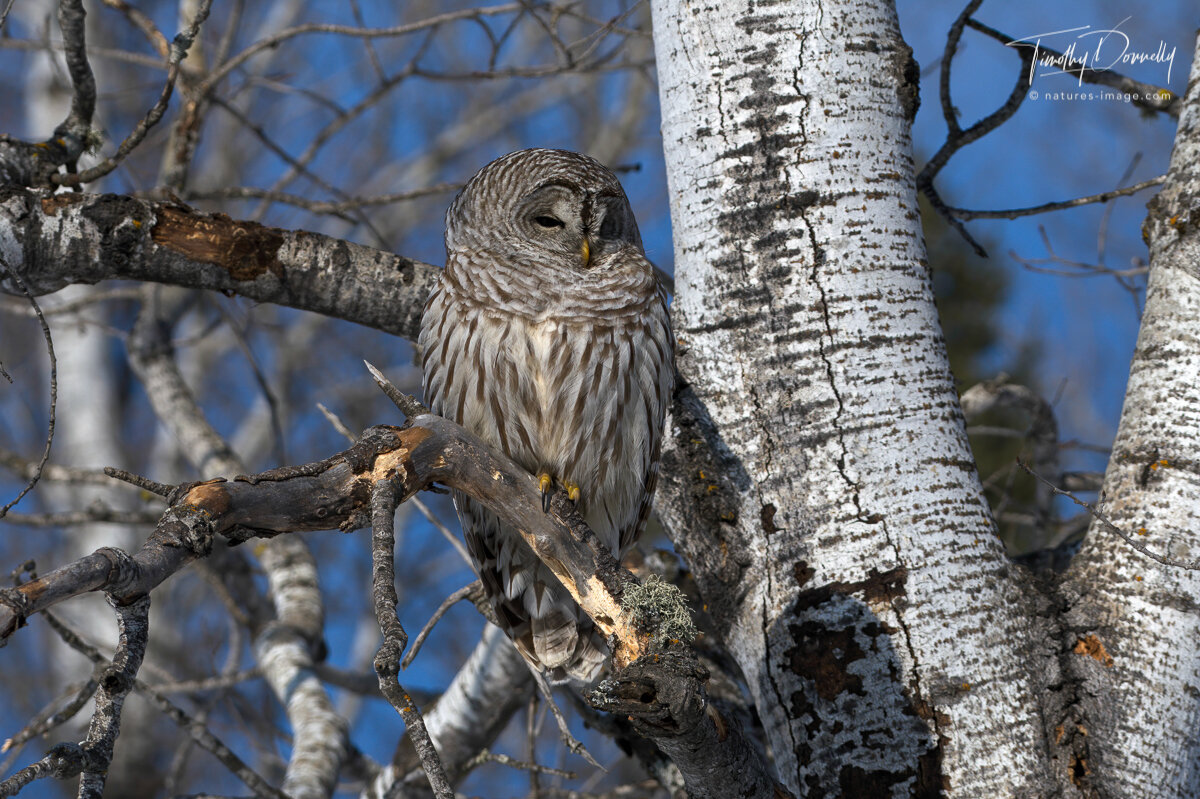

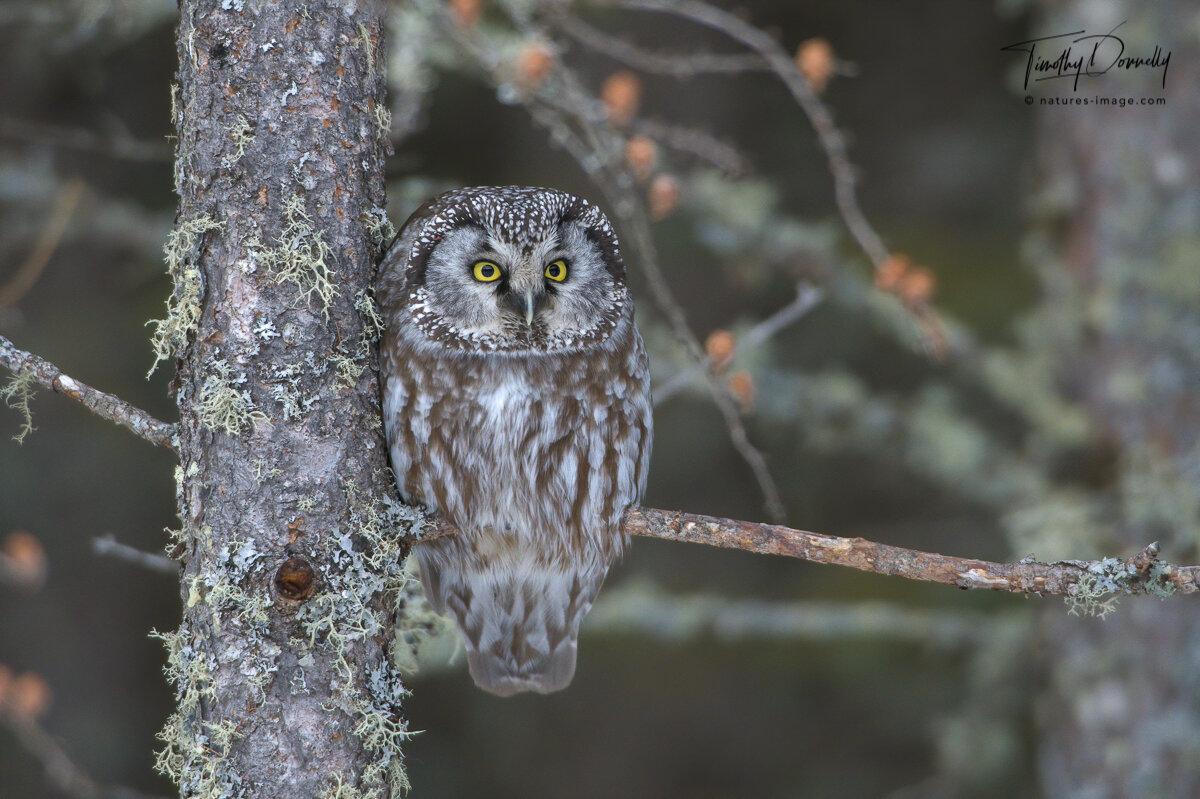

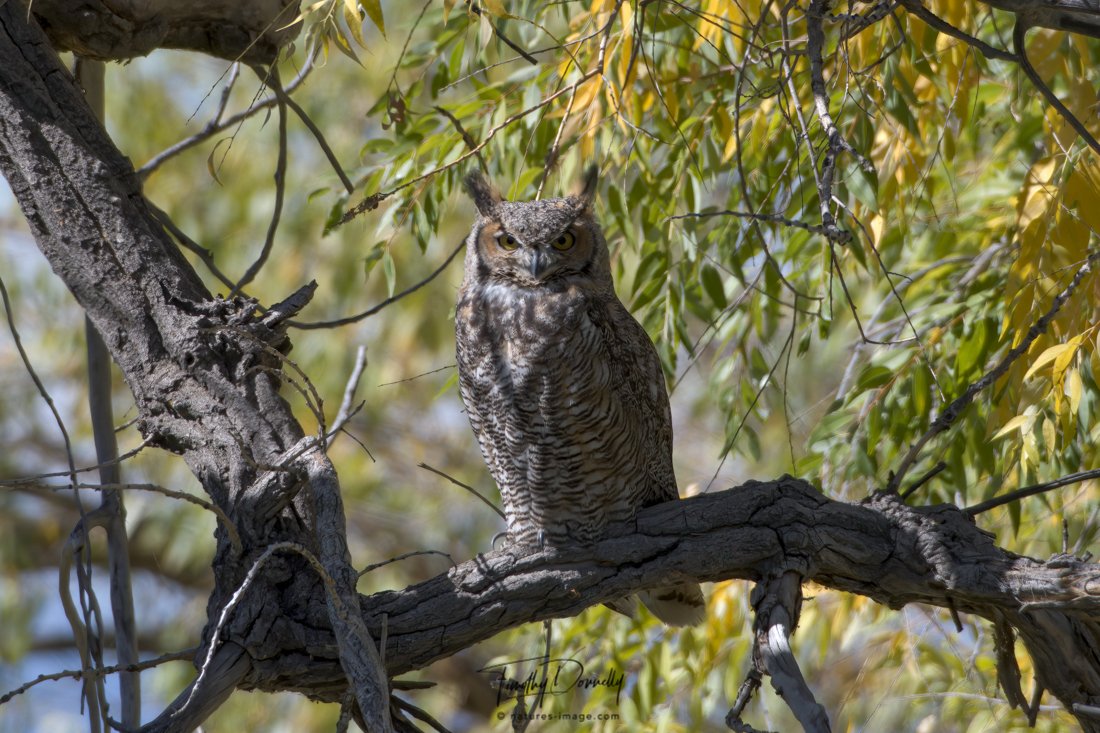



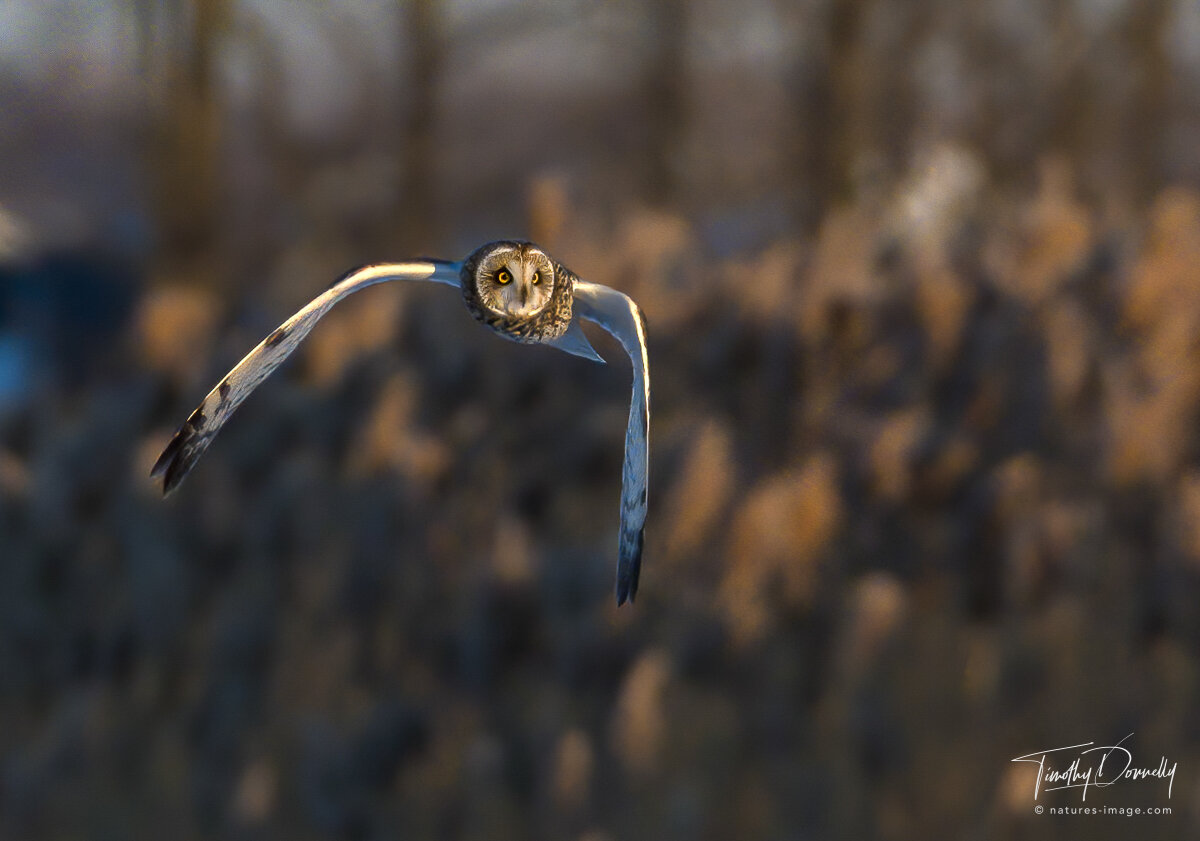



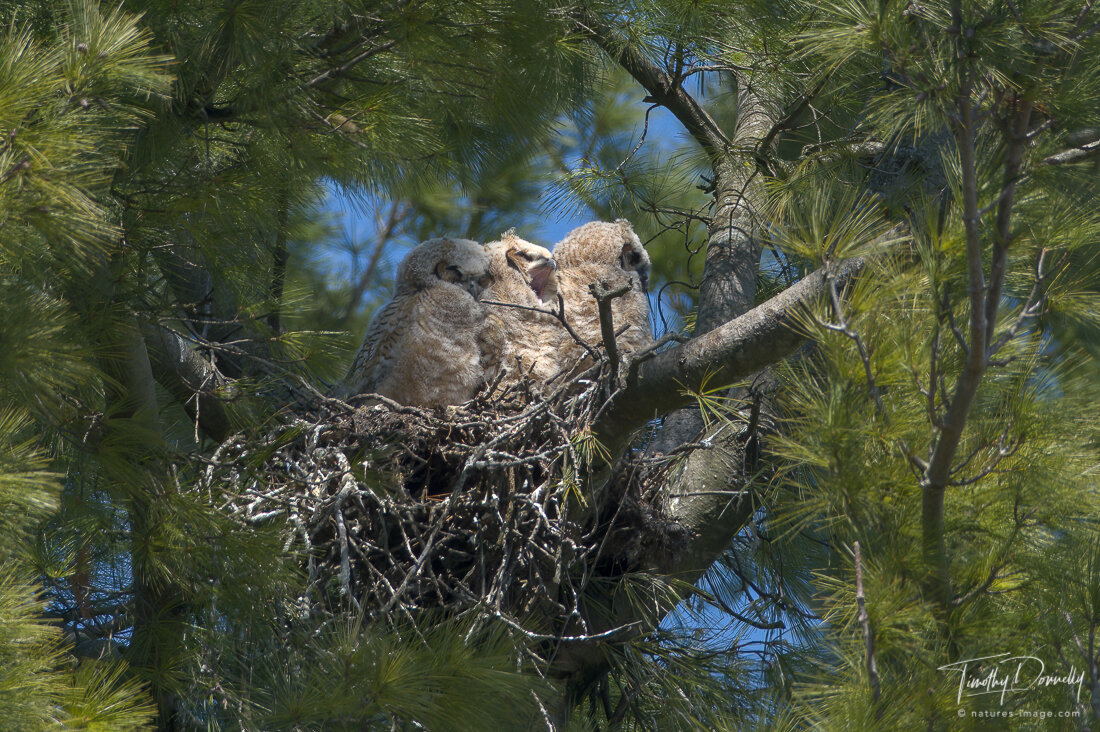

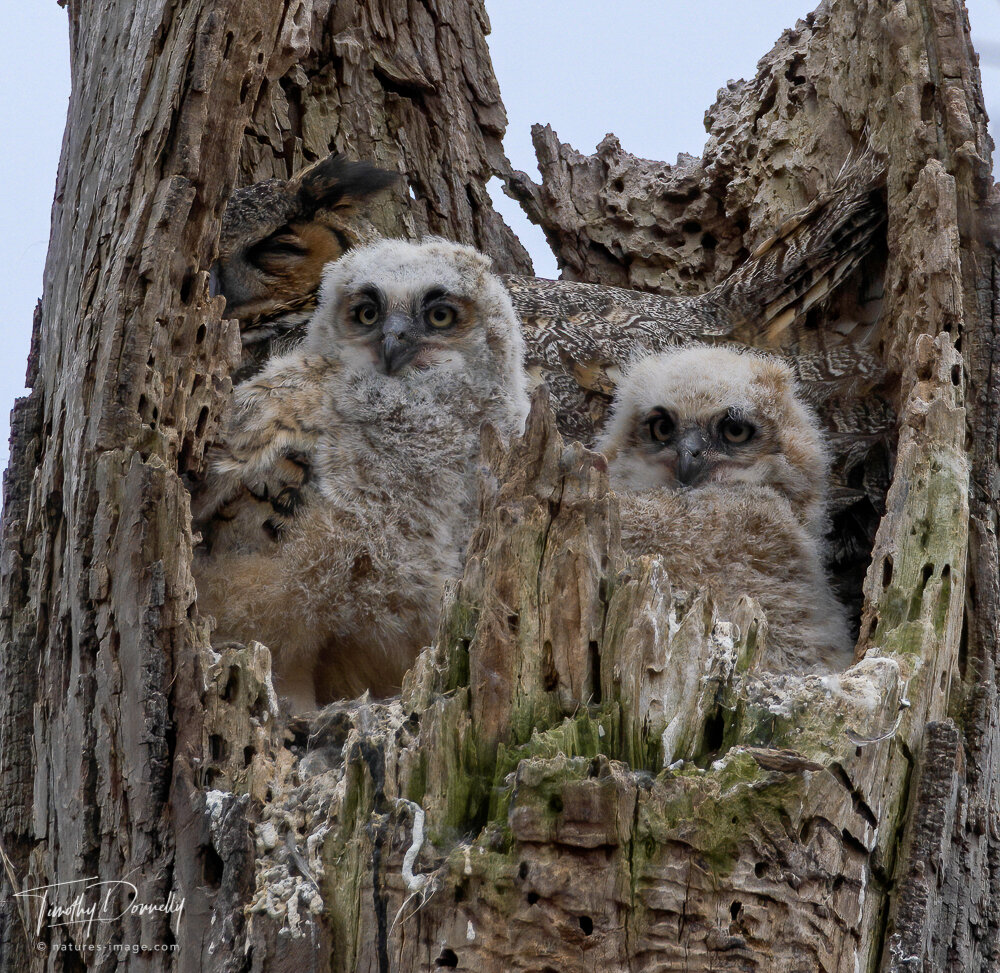



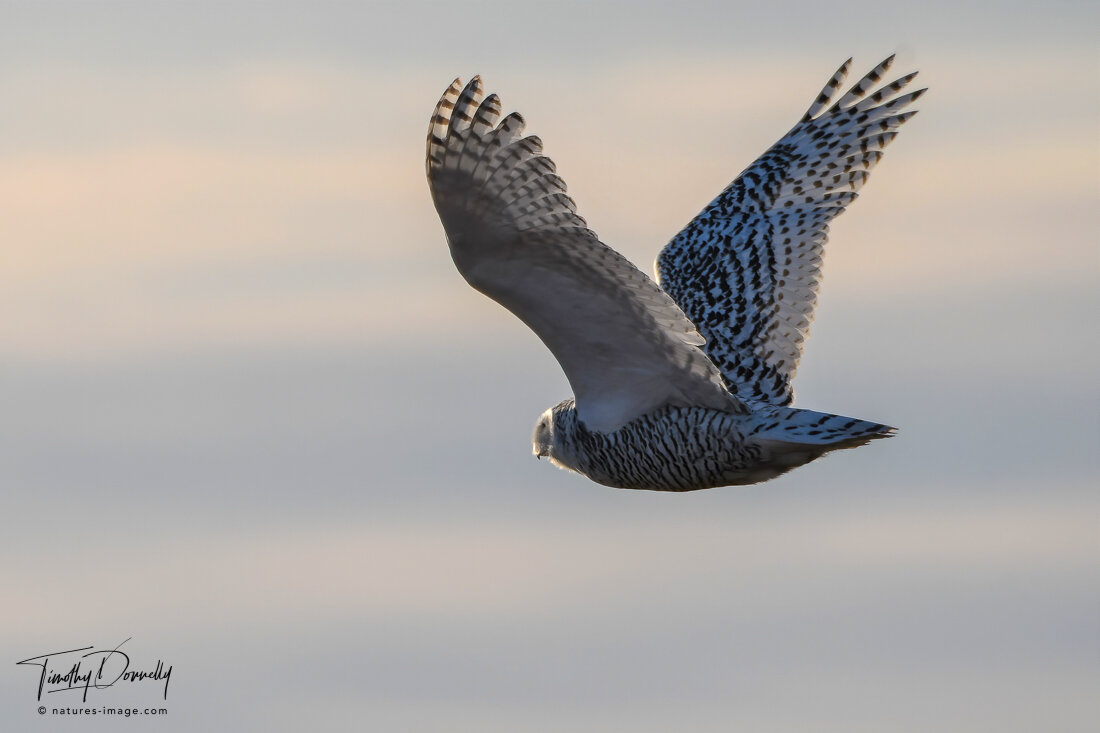
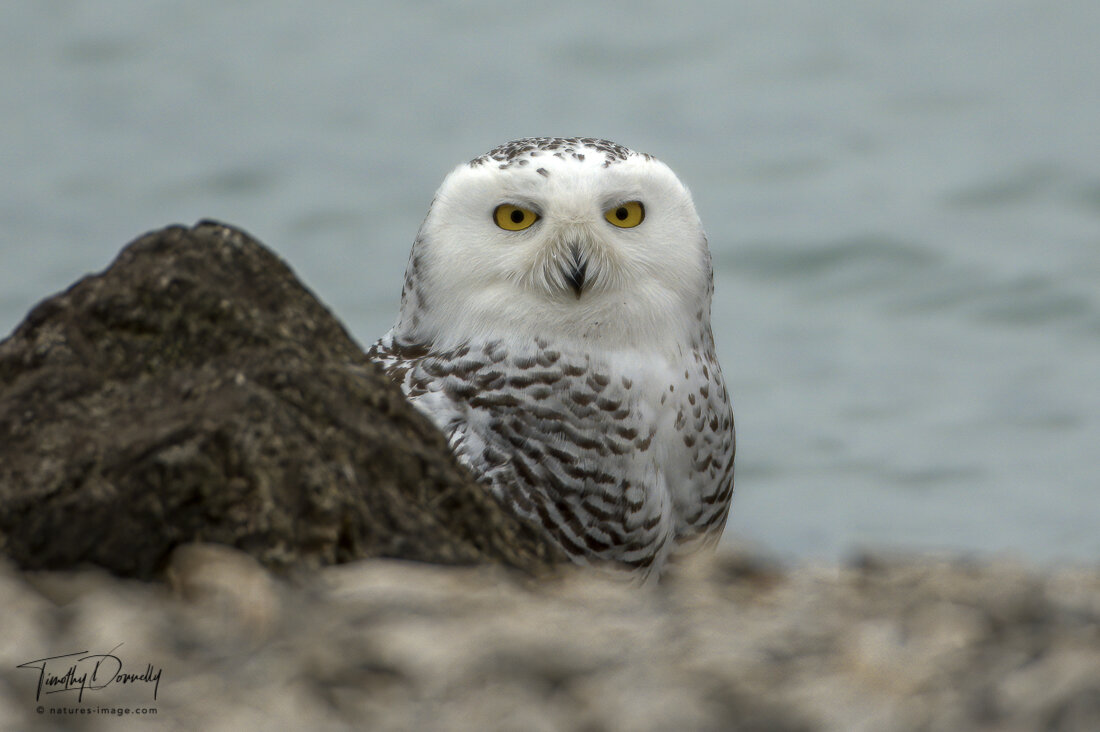

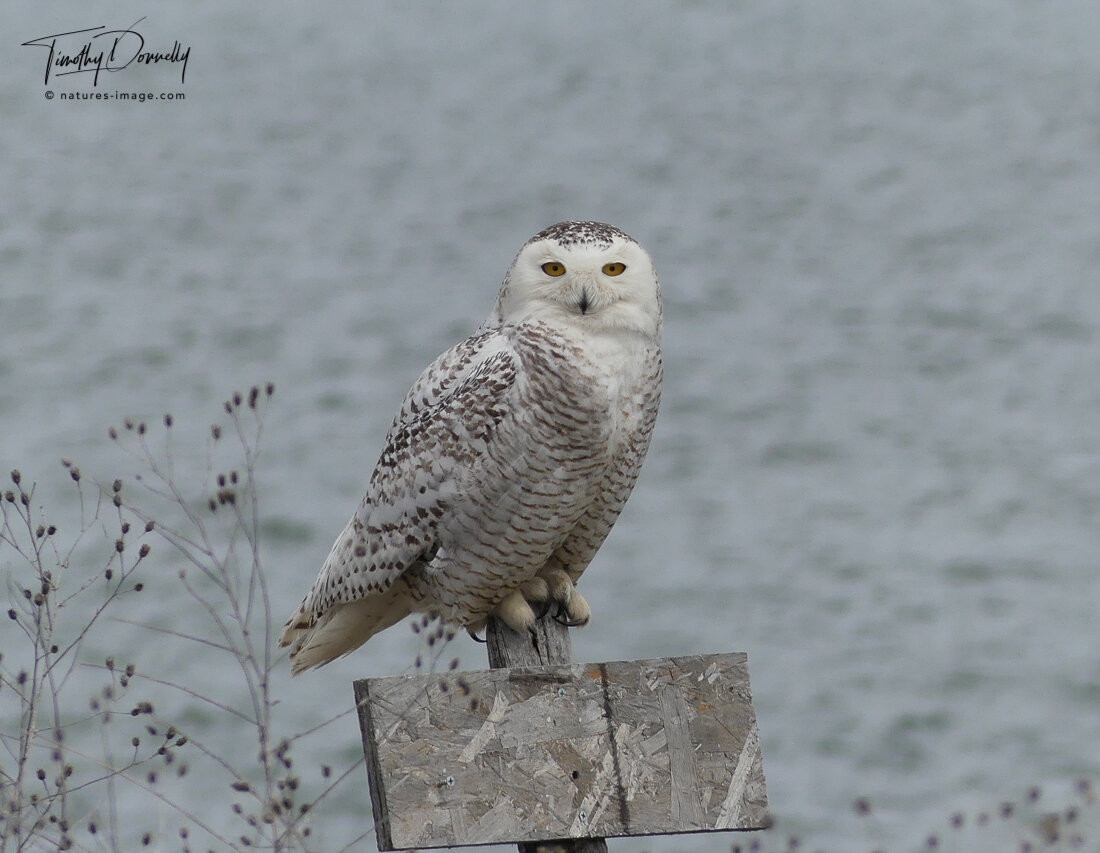





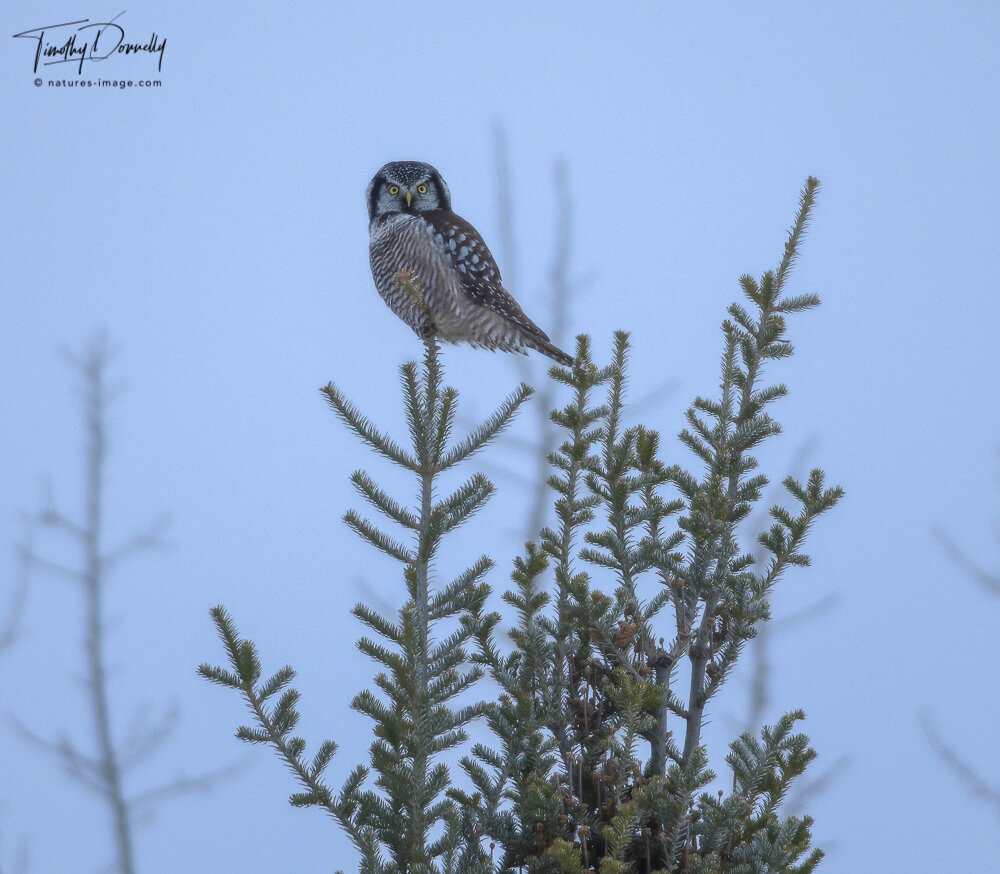



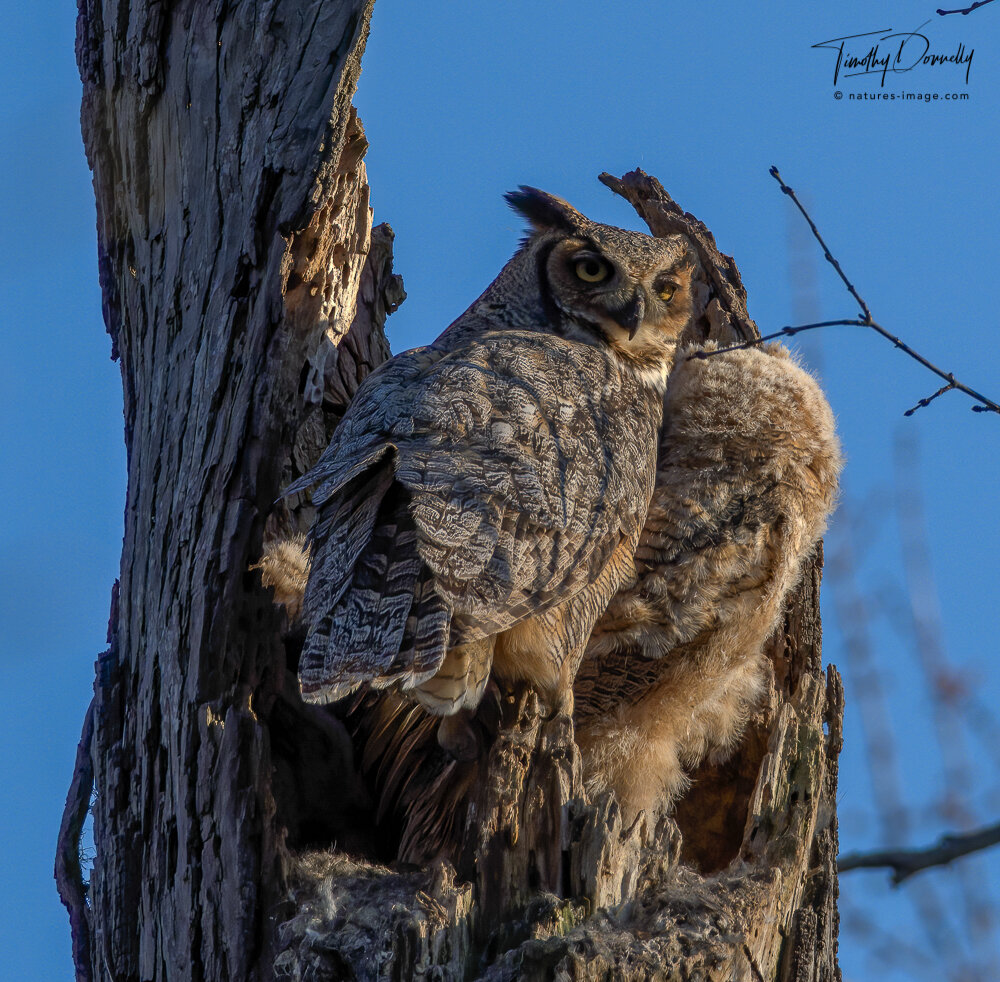
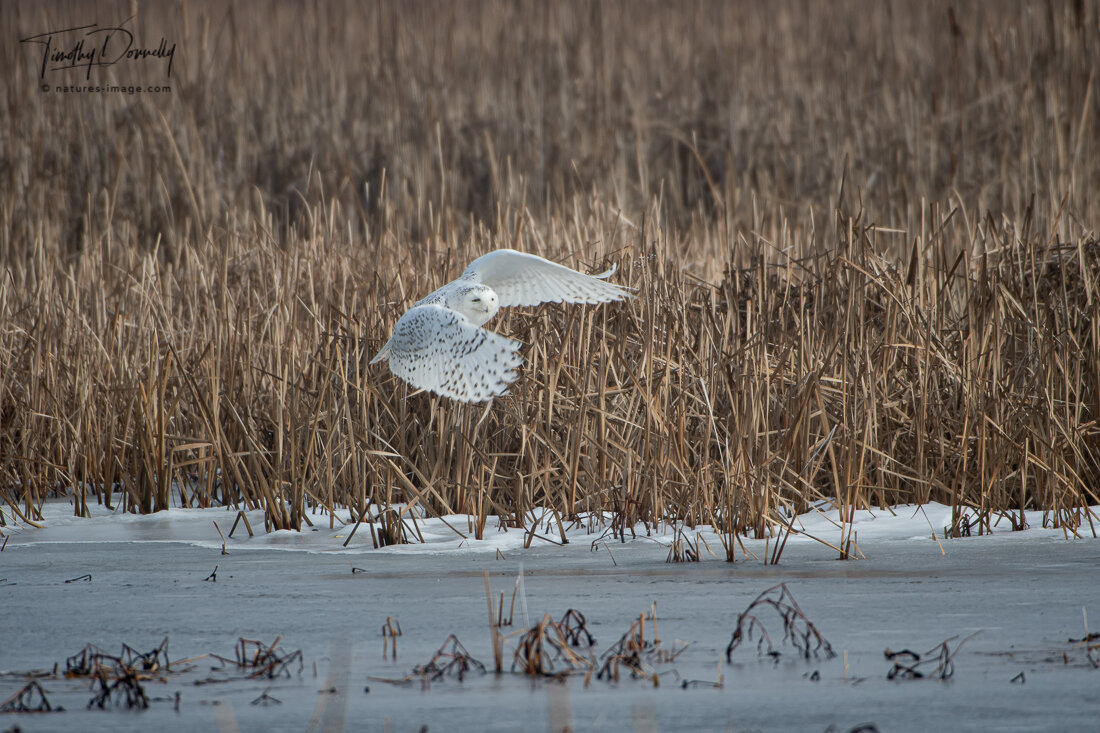


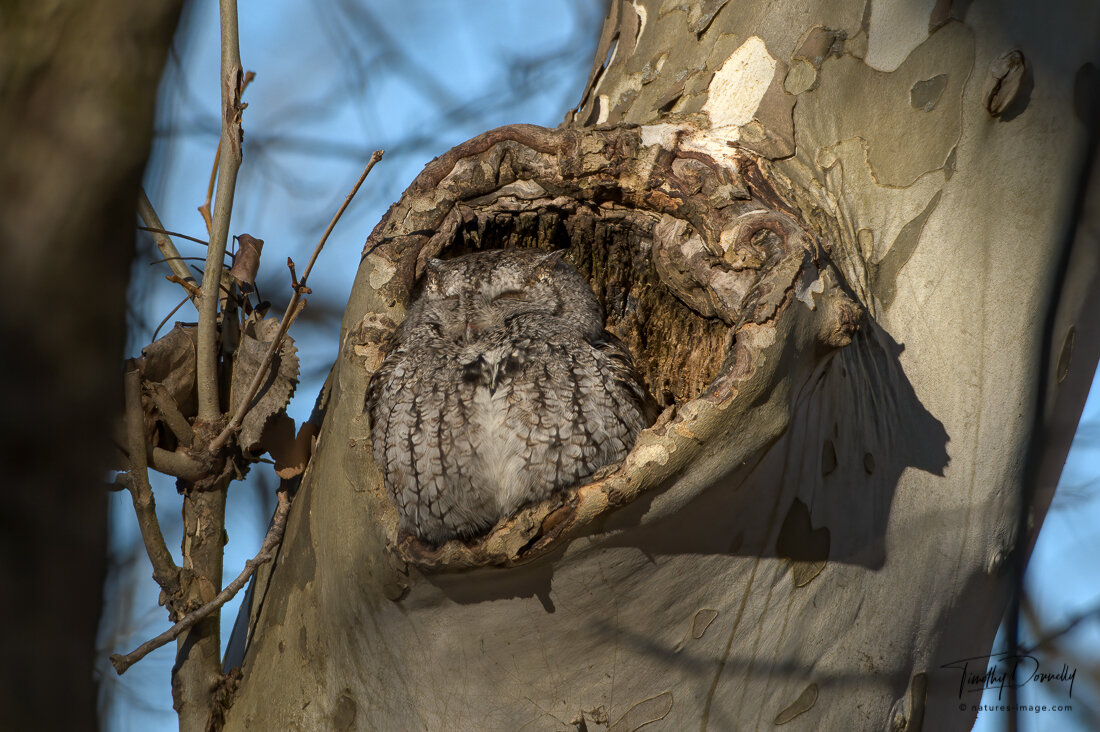
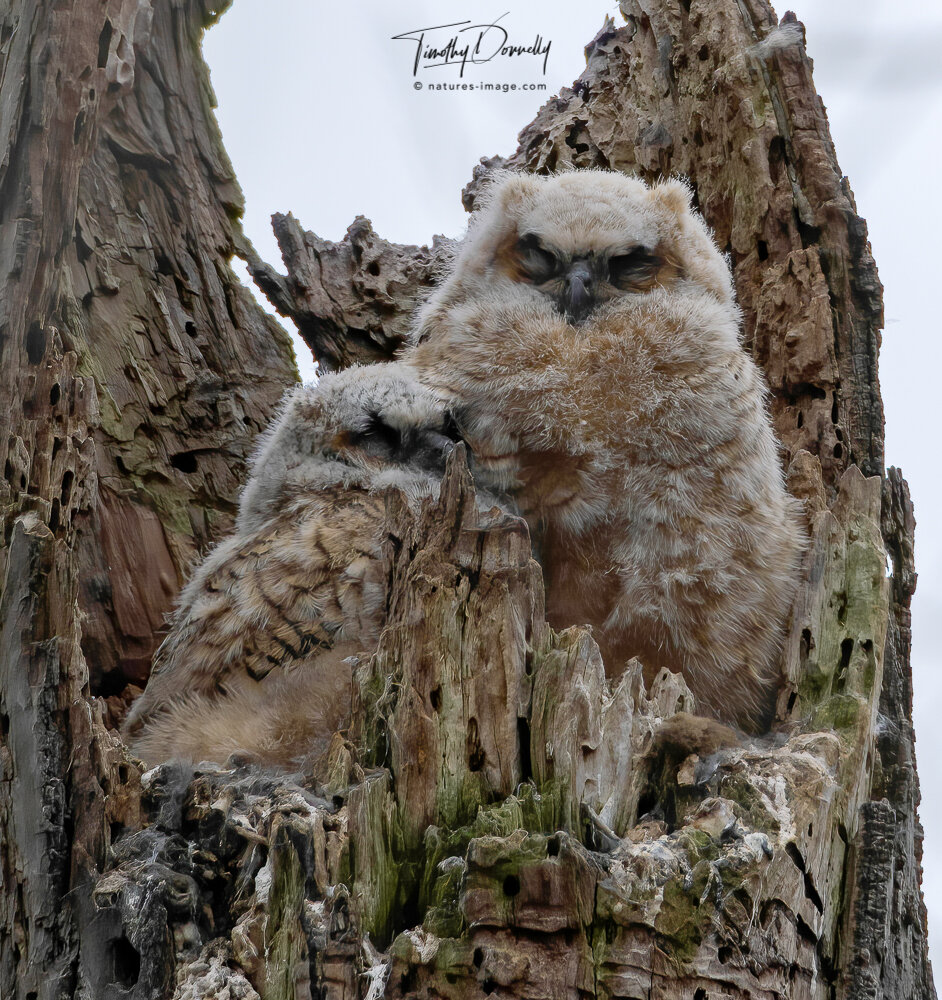



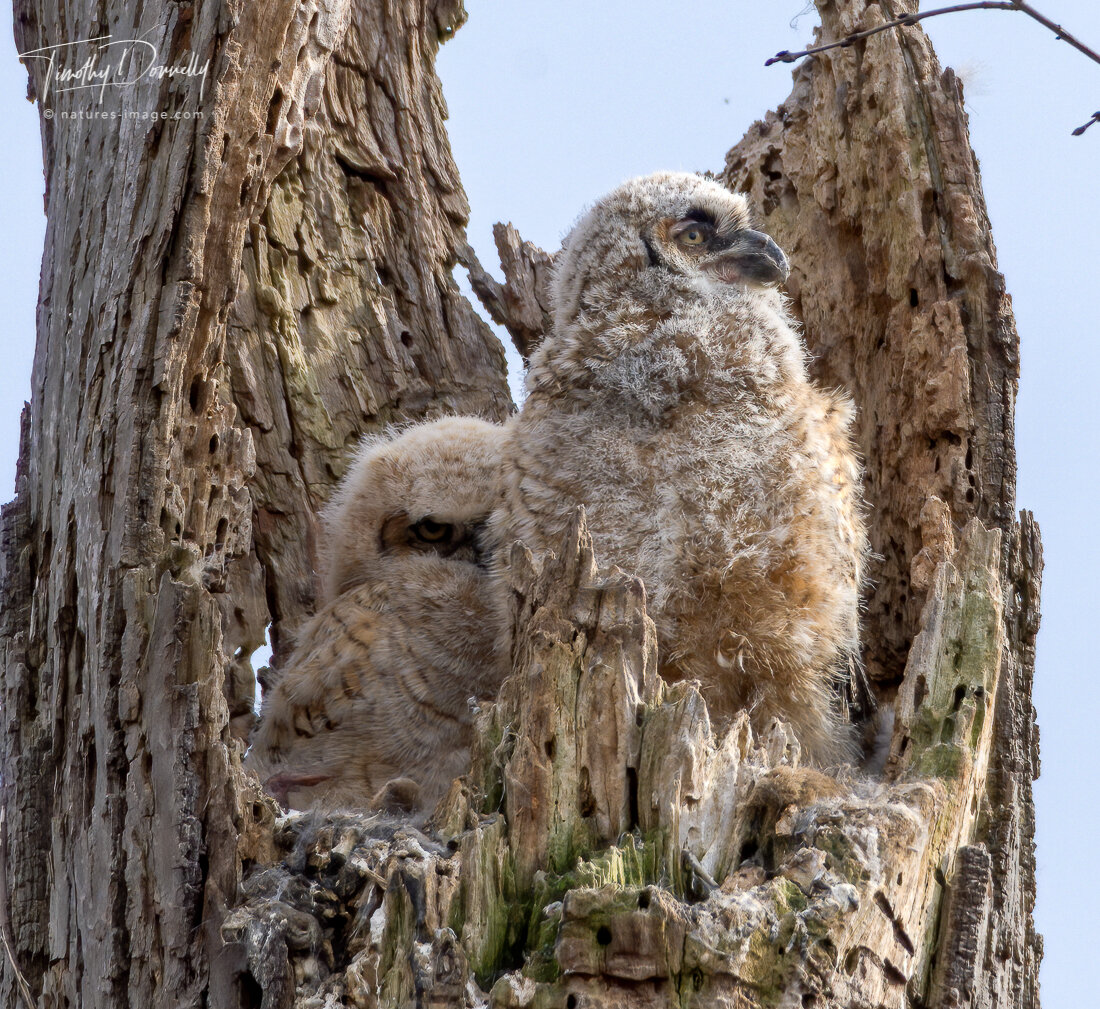

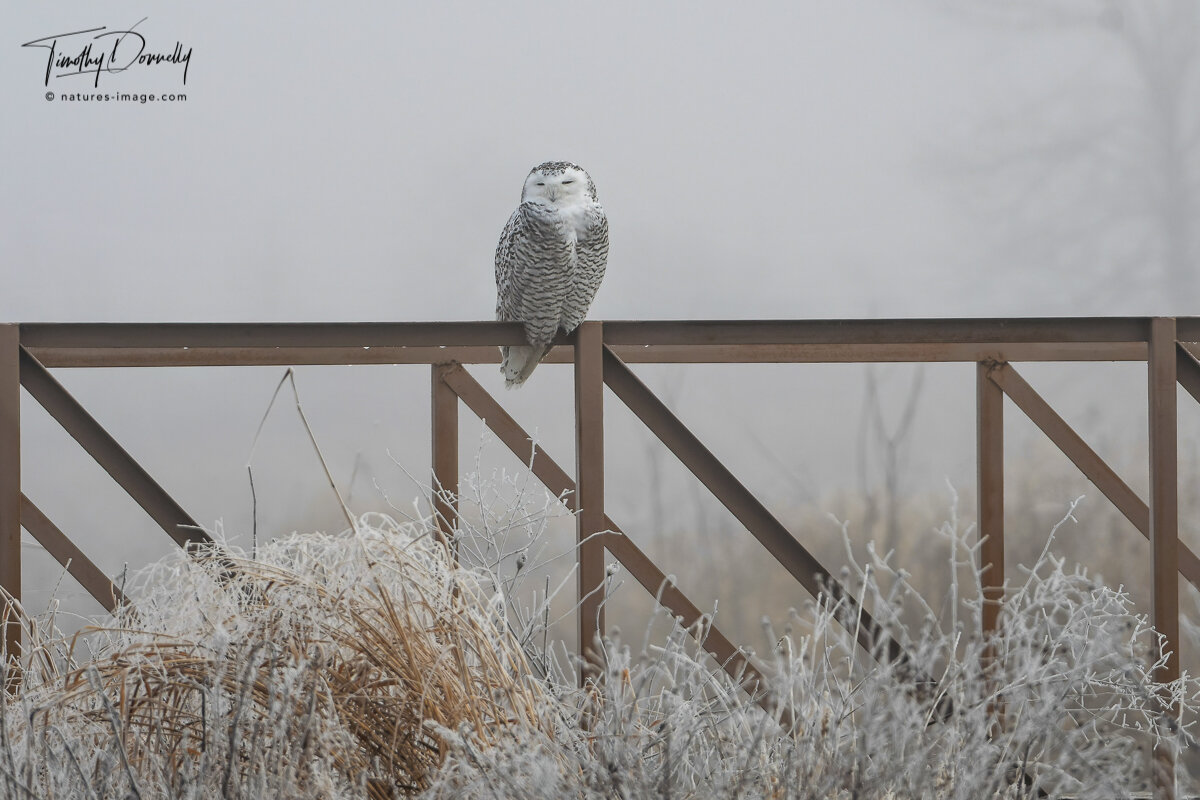

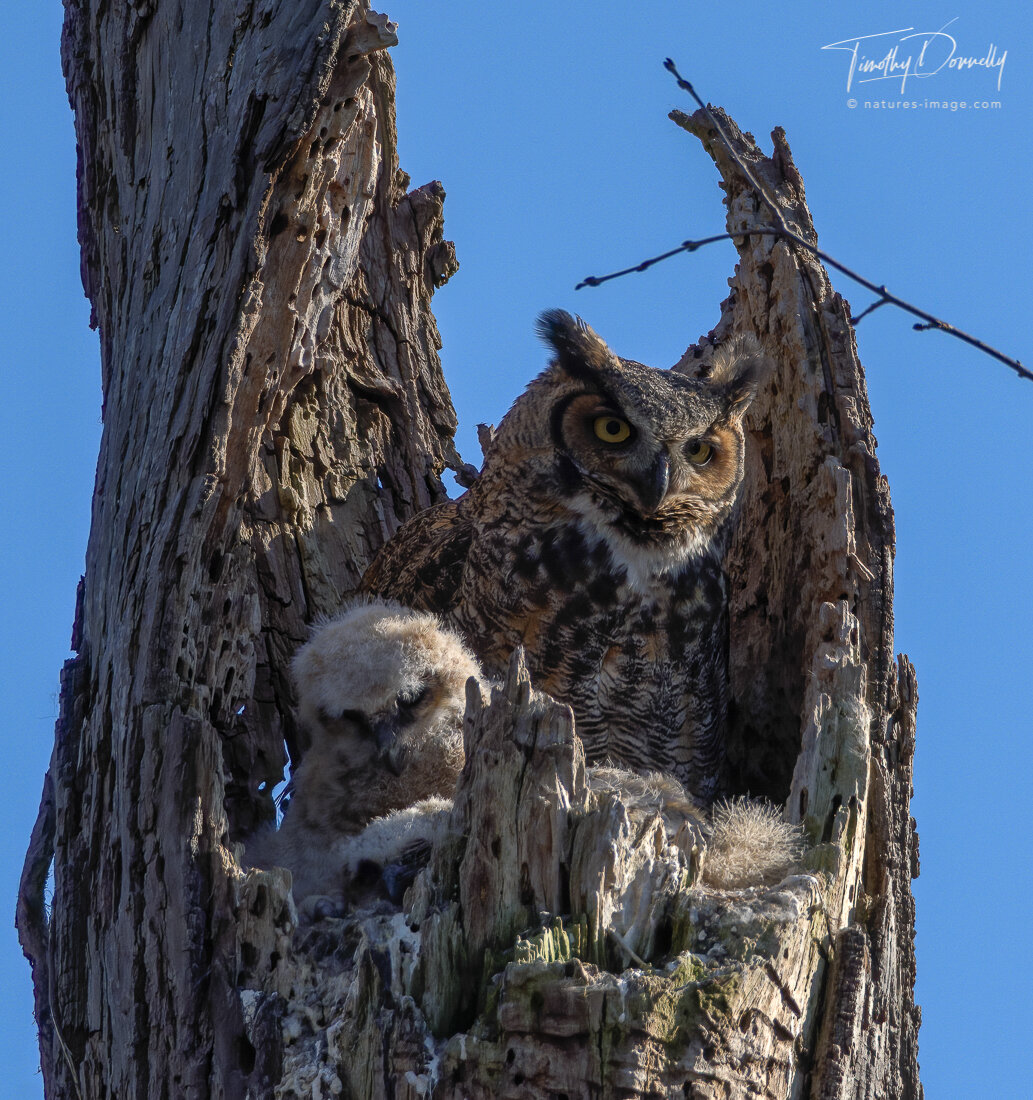



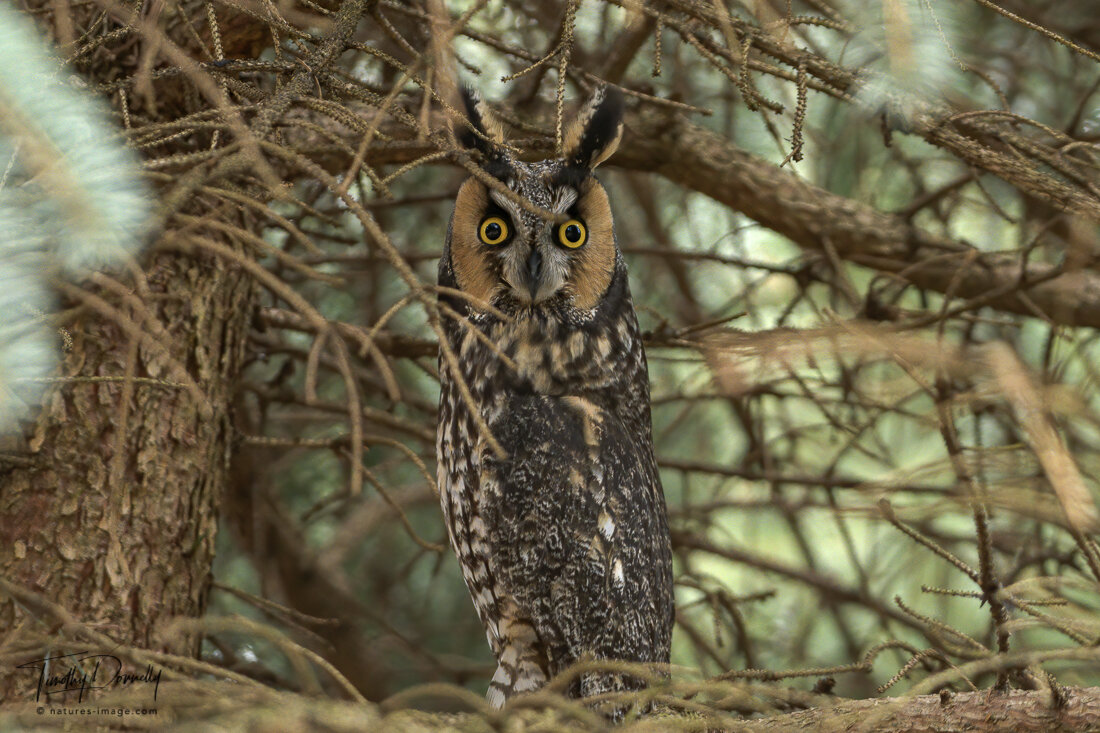

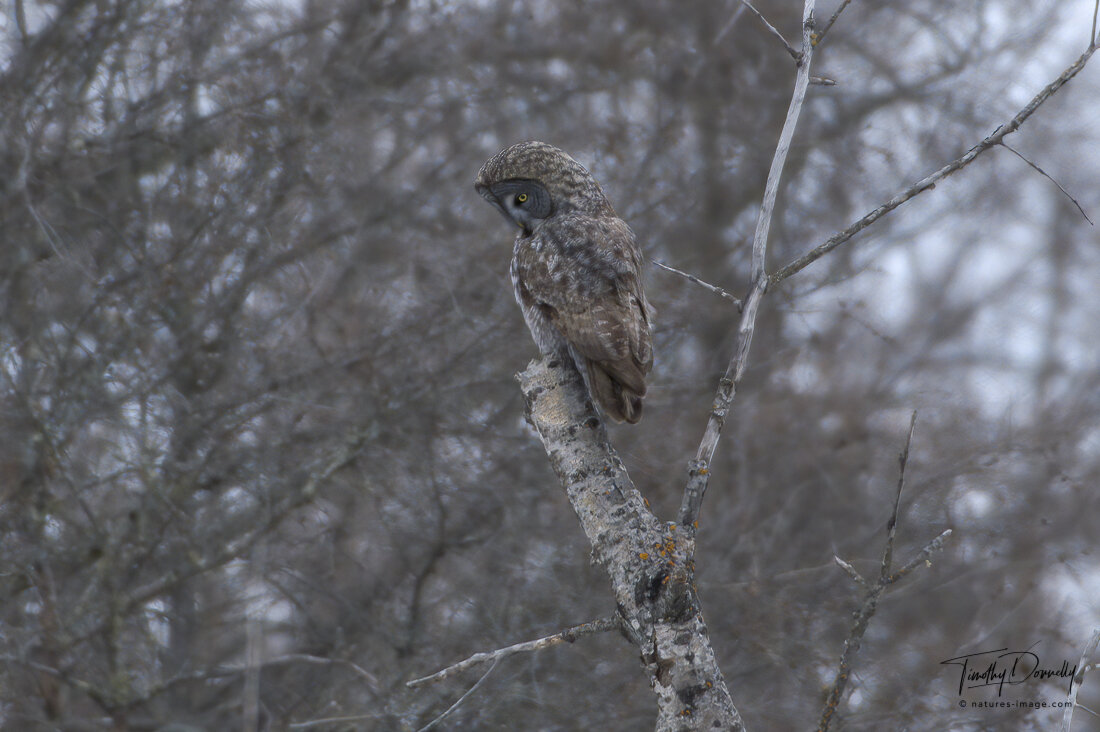
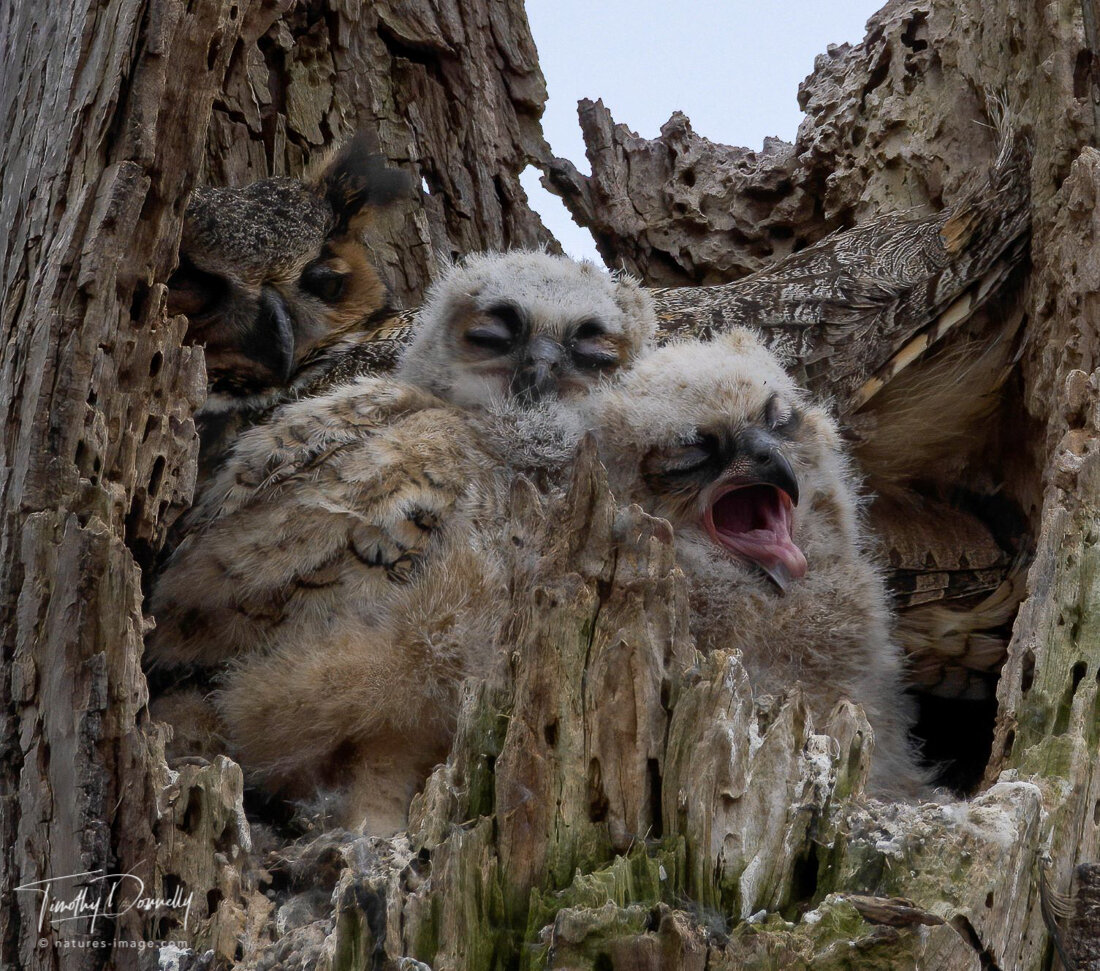

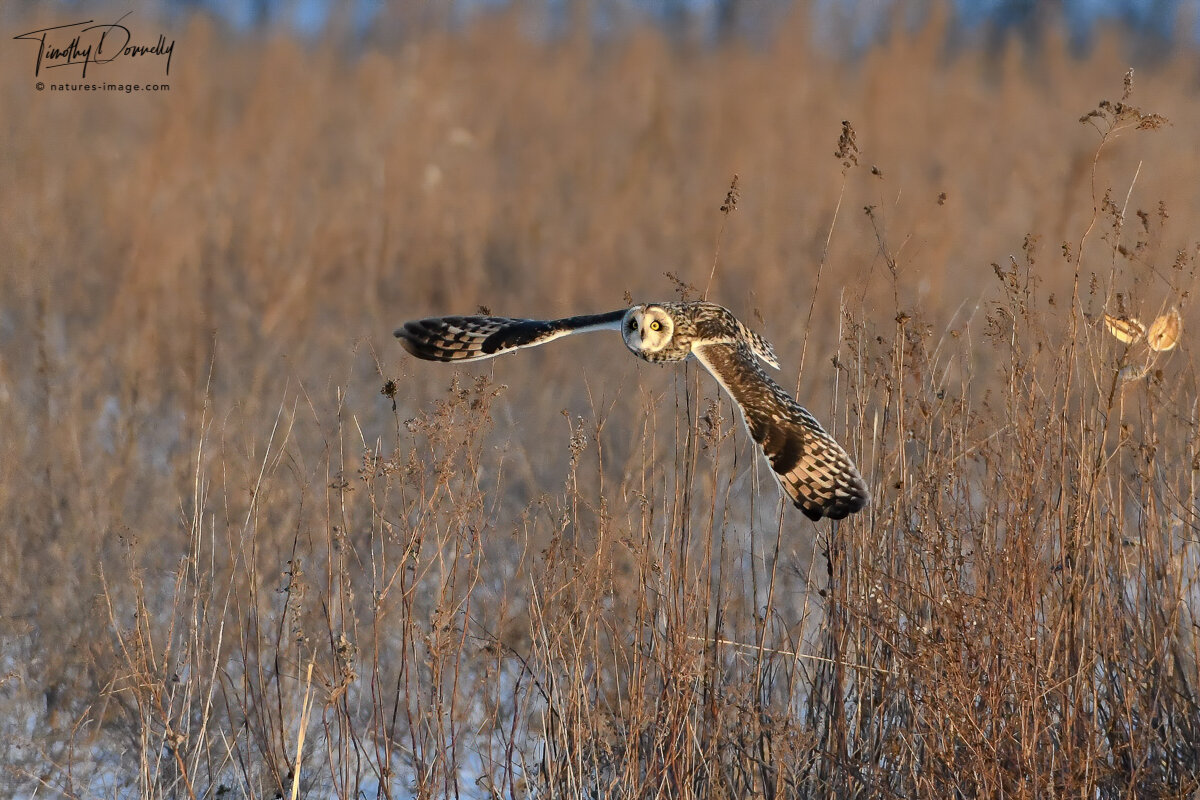
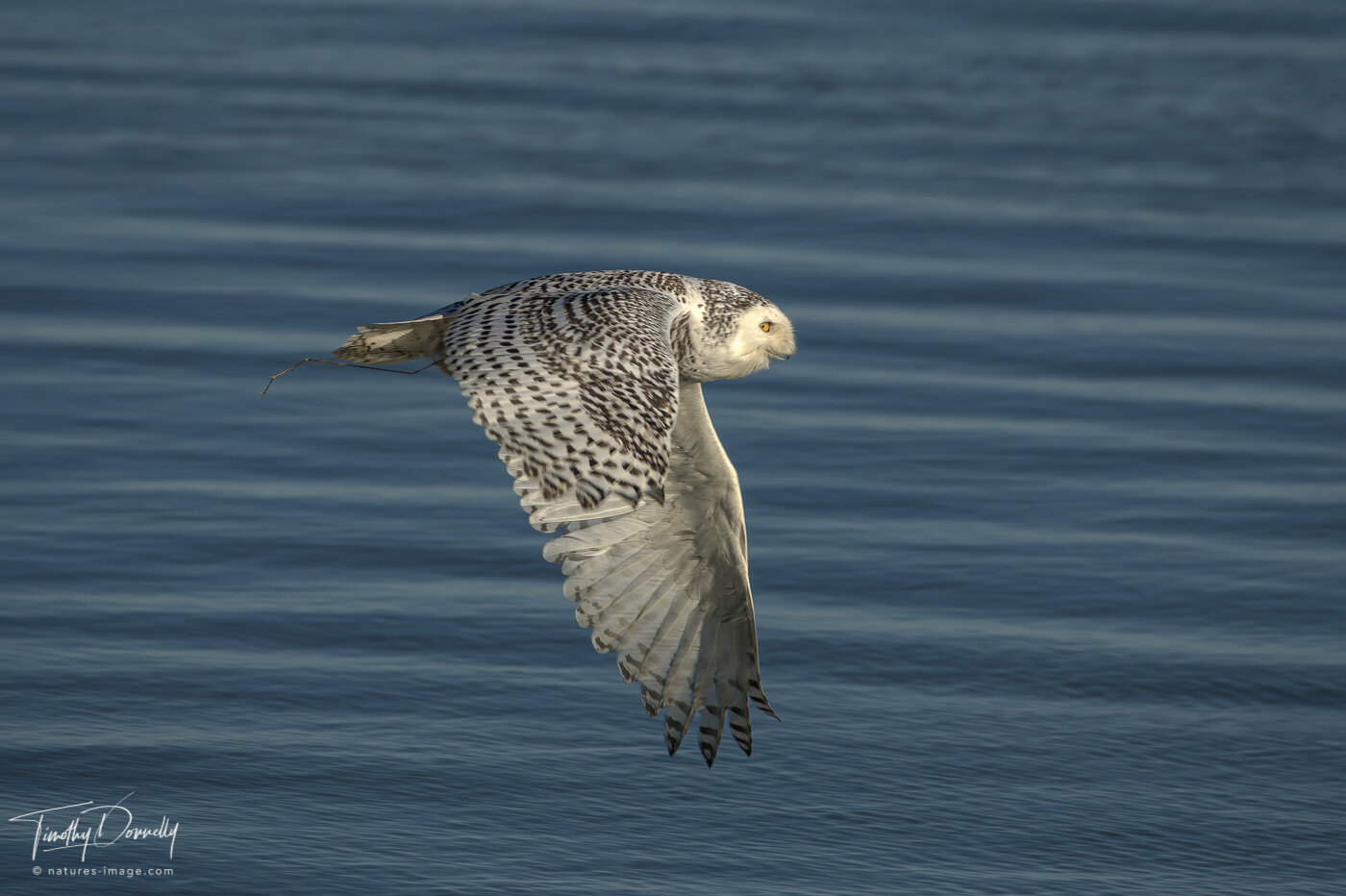




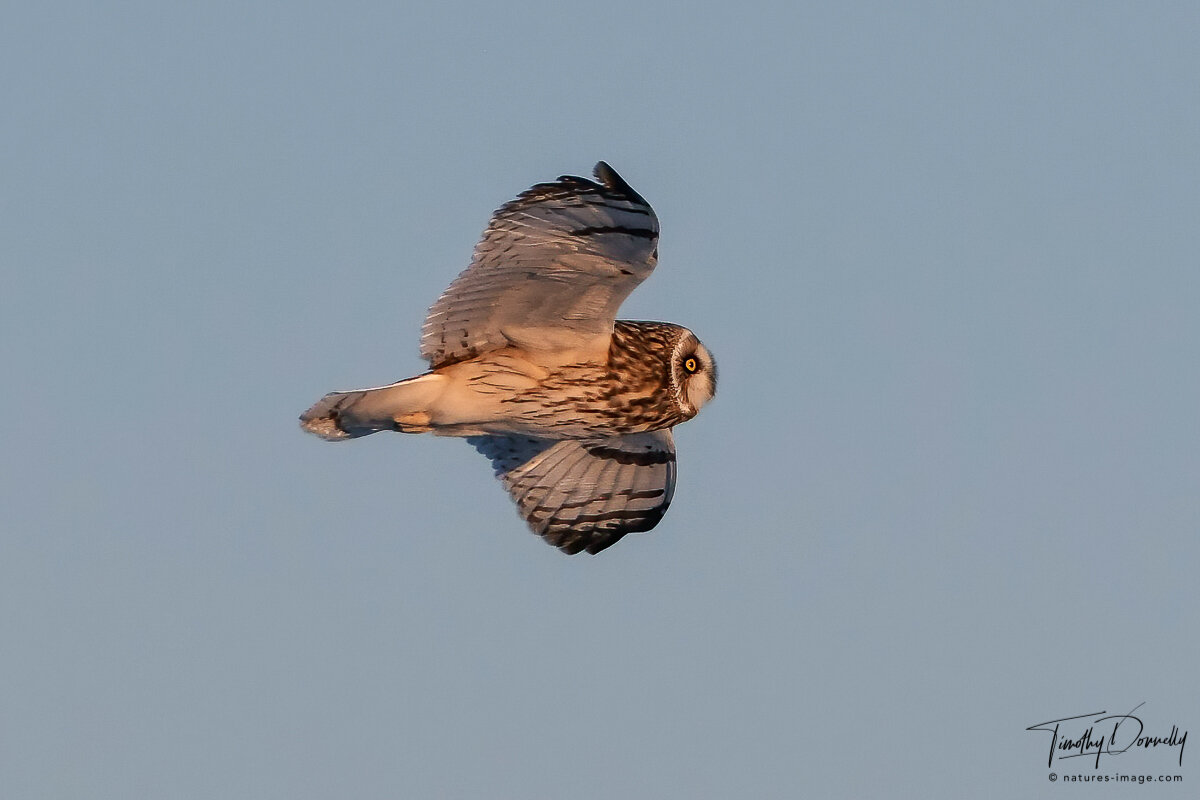


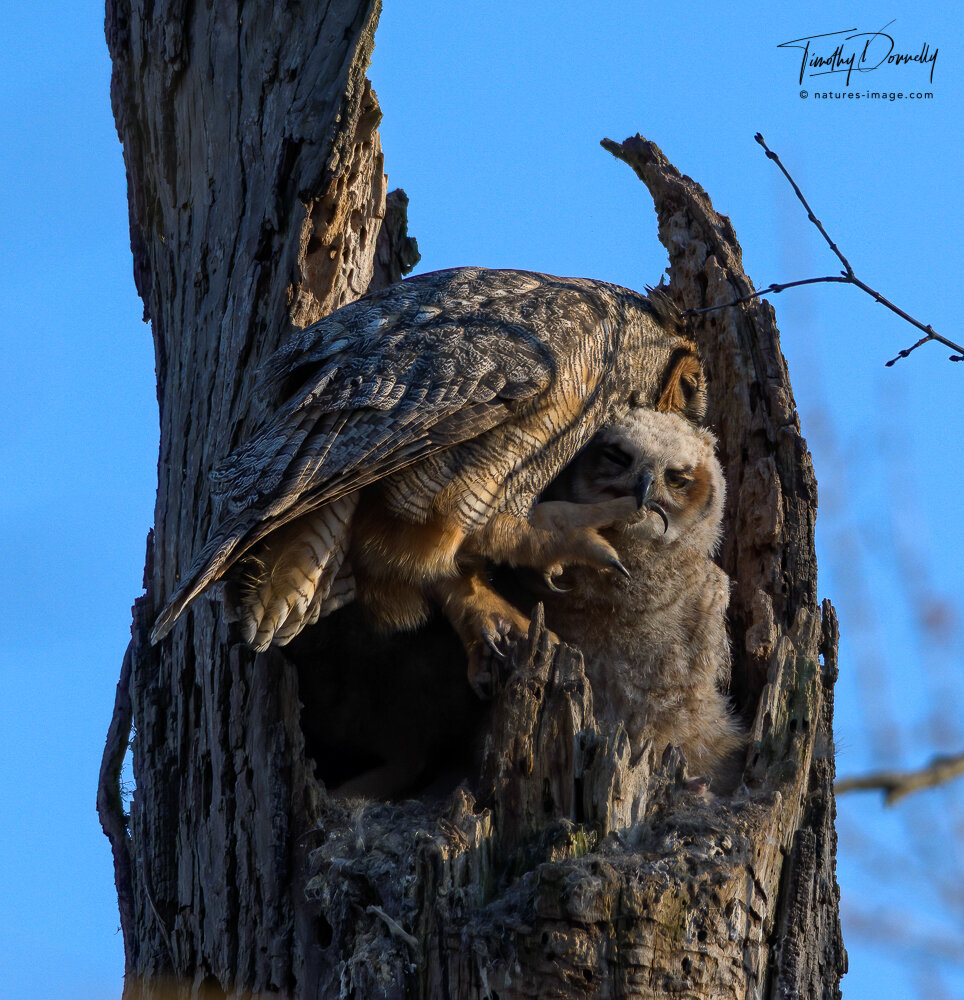
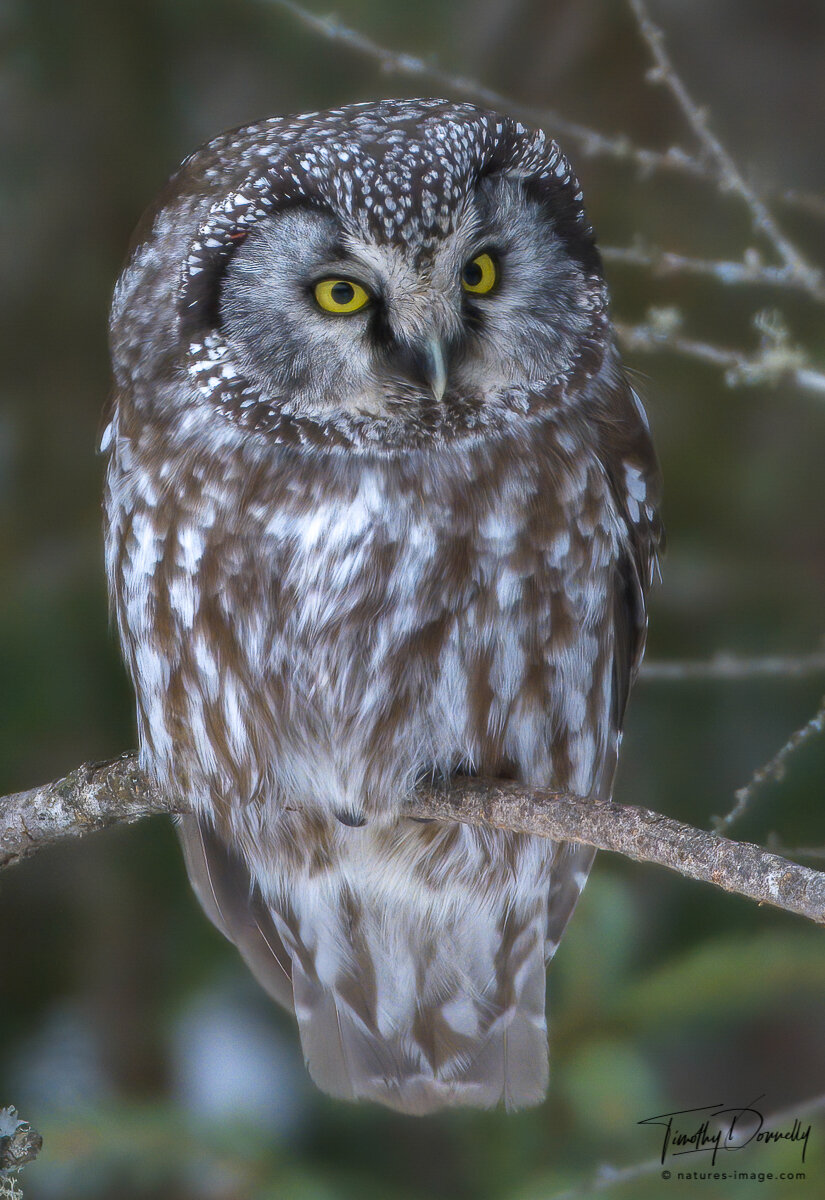
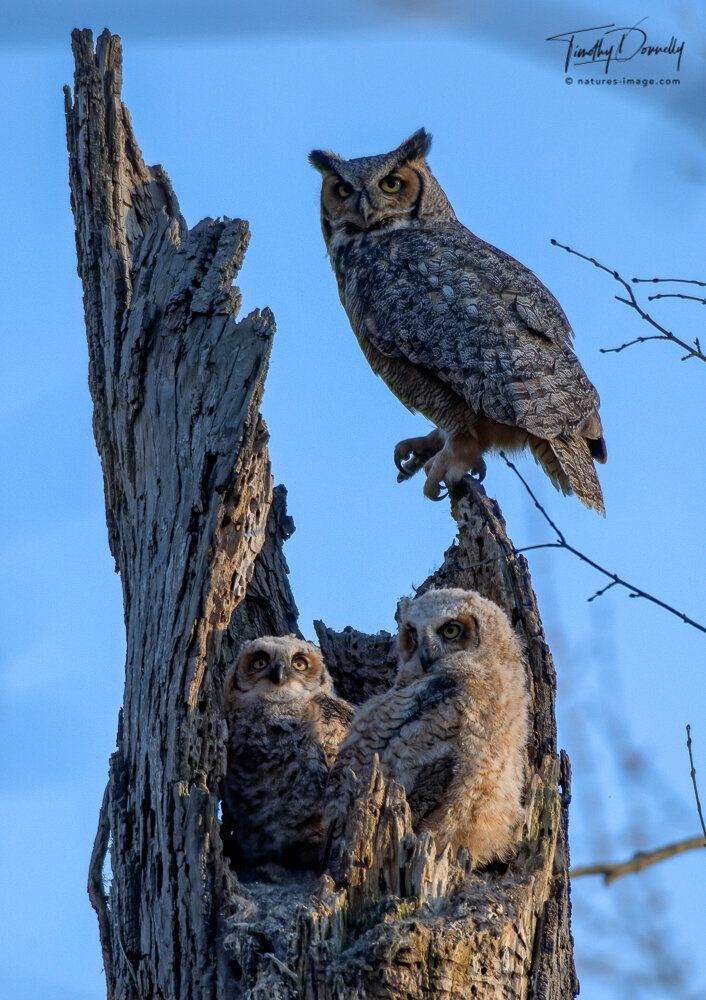



Owl Facts:
Owls have super powered hearing which makes them capable of hearing prey under leaves, dirt and snow
Owls can rotate their heads 270 degrees, 135 degrees each way
Owls have far-sighted tubular eyes that are fixed in place so they have to turn their heads to see. Their large eyes help them to see in the dark. Owls are far-sighted which allows them to spot prey from a far distance. Up close, everything is blurry so they depend on small, hair like feathers on their beaks and feet to feel their food
The Owls flight is silent due to special feathers that reduce turbulence in to smaller currents which reduces sound. Their soft, velvety down also muffles the noise
Owls feed on small mammals, reptiles and birds. They will either swallow their prey whole or tear it apart and swallow the pieces whole. Their digestive tract processes the food. The parts that can’t be digested, fur and bones, are compacted in to a pellet and regurgitated
Key words: Great Horned Owl family, Great Horned Owlets, Owlets, Great Gray Owl , Boreal Owl, Snowy Owl, Female Snowy Owl, Long-eared Owl, Short-eared Owl, Short-eared Owl hunting, Screech Owl, Flying, Perched, Hunting, Sleeping, Resting